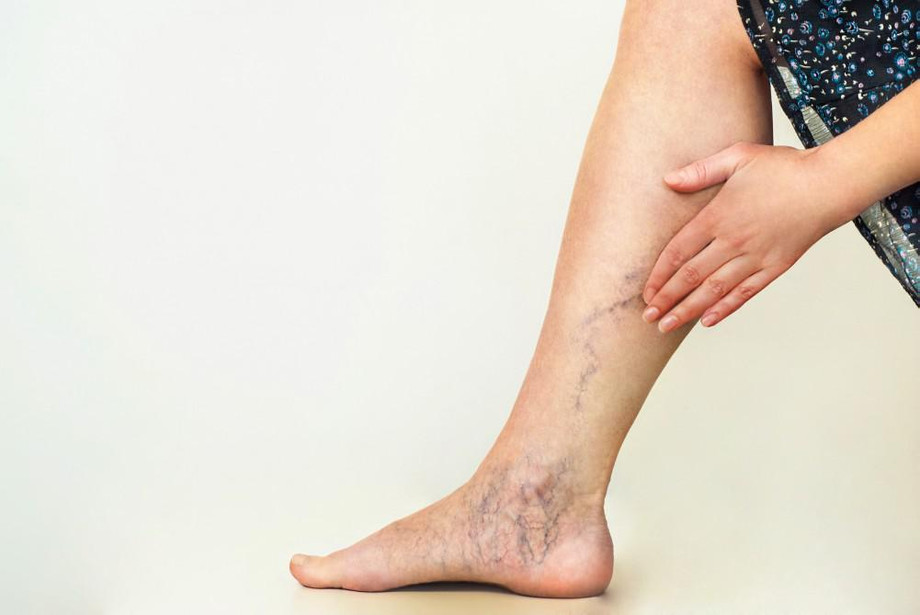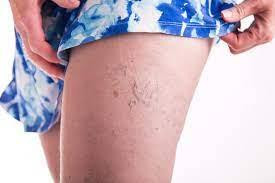How Do You Get Varicose Veins?
Twisted and enlarged veins are called varicose veins. The veins most commonly affected are those in your legs but any superficial vein may become varicose. This happens because walking and standing upright increases the pressure in the veins of your lower body.
A simple variation of varicose veins is simply a cosmetic concern because varicose veins and spider veins are very common for many people. Varicose veins can cause aching pain and discomfort for other people. Due to varicose veins, sometimes, more serious problems may occur. Self-care measures or procedures by your doctor to close or remove veins are involved in the treatment.
What does varicose vein pain feel like?
Pain is not caused by varicose veins. The symptoms of varicose veins include:
- Dark purple or blue color veins
- Bulging and twisted veins that are often like cords on your legs
When painful symptoms and signs occur, they are:
- Any kind of heavy or achy feeling in your legs
- In your lower legs, you may feel muscle cramping, burning, throbbing, and swelling.
- After standing or sitting for long periods pain gets worsened
- Around a varicose vein skin discoloration
When to see a doctor about varicose veins?
It is not necessary to treat varicose veins most of the time but some complications mean you should see a doctor which includes:
- Ulcers- Sores that may form near varicose veins often near the ankles are called ulcers. On your skin near a varicose vein, if you see a discolored spot it may be the beginning of an ulcer that requires medical treatment.
- Bleeding- Burst varicose veins cause bleeding. You should seek medical attention if the bleeding continues.
- Pain- If your varicose veins feel painful or hot, call your doctor. On a persistent basis if your legs are swollen then also call your doctor.
- Blood clots- A visit to the healthcare provider is required when a swelling or leg pain doesn’t go away because you may have thrombophlebitis which is a blood clot. From varicose veins, most blood clots are near the surface and are not dangerous but rarely a clot will form deeper in the body. If they break off and travel through the body to the lungs, these deeper blood clots or DVTS can be life-threatening through the body to the lungs.
You need to seek medical attention if you have severe varicose veins and experience dizziness, chest pain, coughing up blood, fluttering blood, and experience shortness of breath.
Treatment might not be necessary if the patient has no symptoms or discomfort and is not bothered by the sight of the varicose veins. Best varicose vein treatment may be required to reduce pain or discomfort, address complications, such as leg ulcers, swelling, or skin discoloration if there are symptoms. For cosmetic reasons, some patients may also want the treatment they want to get rid of the “ugly” varicose veins. Some of the treatments for varicose veins include:
- Surgery
- Ligation and stripping
- Sclerotherapy for varicose veins
- Radiofrequency ablation
- Endovenous laser treatment
After getting all these or one of these treatments you may get varicose veins pain relief.


Comments
Post a Comment